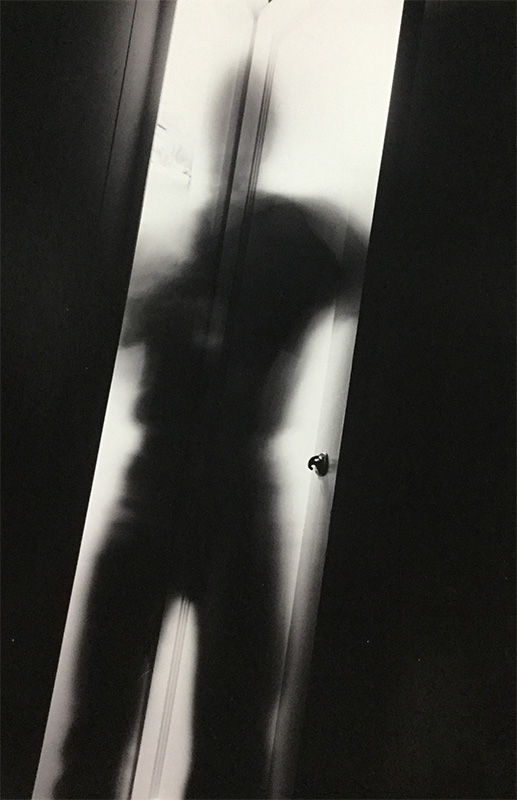Recently a collector bought one of my photographs. They asked that it be delivered matted and mounted, ready for framing. Linen tape was used to adhere the print to the board and both mat and mount are acid free. The question now comes up; “Where should I sign the print?”
There are many thoughts about this; front, back, lower left, upper right, name at bottom left, date at bottom right and so on and so on. Your personal preferences will always come into play, but it should be consistent, at least within print editions.
Should I Sign On the Front or the Back
With contemporary images and galleries the work should be signed on the verso (back). The information should be either the lower left or upper right hand corner. It should include your printed name, the name of the print, the year the print was made, and the edition size. I strongly suggest a copyright be listed also. This will protect you from buyers reproducing the image without your permission. Finally, the signature should added.
Signing on the front references a different period of photography. Although buyers and some galleries want it signed on the front, if you choose to do this my suggestion would be to print the image on a sheet with a large border and sign on the border. Do NOT sign on the image. The large border will give the buyer the opportunity to mat and frame the way they see best. There are some photographers that will sign the mat. The problem with this is, if the mat is changed, the buyer looses the signature and the information of the print.
What Do I Use to Sign the Print
When adding the signature, I use a black Pigma Micron Pen. This archival pen is PH Neutral and will not bleed through the print. If you are signing black and white prints you can also use a number 2 pencil.
What If the Client Wants Something Different
My client has asked for a signature visible to the viewer. So now what do I do? The work has all of the information on the verso, including name, title, year, and signature. So with some discussion we have come to the agreement that I will sign and date this print on the mat also. Knowing that the collector will be taking good care of this image, I suspect the archival mat and mount will be protecting this print a very long time to come.







